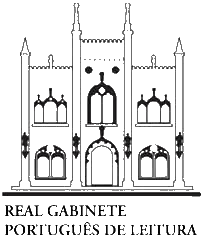Submissions
Submission Preparation Checklist
As part of the submission process, authors are required to check off their submission's compliance with all of the following items, and submissions may be returned to authors that do not adhere to these guidelines.- Manuscripts must be original and unpublished and not submitted to another journal; if this is not the case, justification for its submission must be included in the “comments to the editor” field.
- Manuscripts must be submitted in one of the following formats: Microsoft Word, OpenOffice, or RTF.
- URLs for references must be provided whenever possible.
- The body of the text must be written using Times New Roman, 12-point type, with 1.5 spacing, and use italics for emphasis (not underlining); figures and tables must be inserted at the relevant point in the manuscript, not at the end or in a separate document.
- The manuscript must observe the formatting and bibliographic standards described in Author Guidelines on the journal website.
- When a submission is to be peer-reviewed (e.g., articles), authors must follow the instructions set forth in blinded peer review process.
Copyright Notice
Authors who publish in Convergência Lusíada agree with the following terms:
- Authors retain copyright and grant the journal right of first publication with the work simultaneously licensed under a Creative Commons Attribution-NonCommercial 4.0 International License (CC-BY-NC 4.0) that allows others to share the work with an acknowledgment of the work's authorship and initial publication in this journal.
- Authors may enter into separate, additional contractual arrangements for the non-exclusive distribution of the journal’s published version of the work (e.g., post it to an institutional repository or publish it in a book), with an acknowledgment of its initial publication in this journal.
- Authors are permitted and encouraged to post their work online (e.g., in institutional repositories or on their website) prior to and during the submission process, as it can lead to productive exchanges, as well as earlier and greater citation of published work.

Revista Convergência Lusíada is licensed under a Creative Commons - Atribuição-NãoComercial 4.0 Internacional.
Privacy Statement
The names and email addresses entered in this journal site will be used exclusively for the stated purposes of this journal and will not be made available for any other purpose or to any other party.








